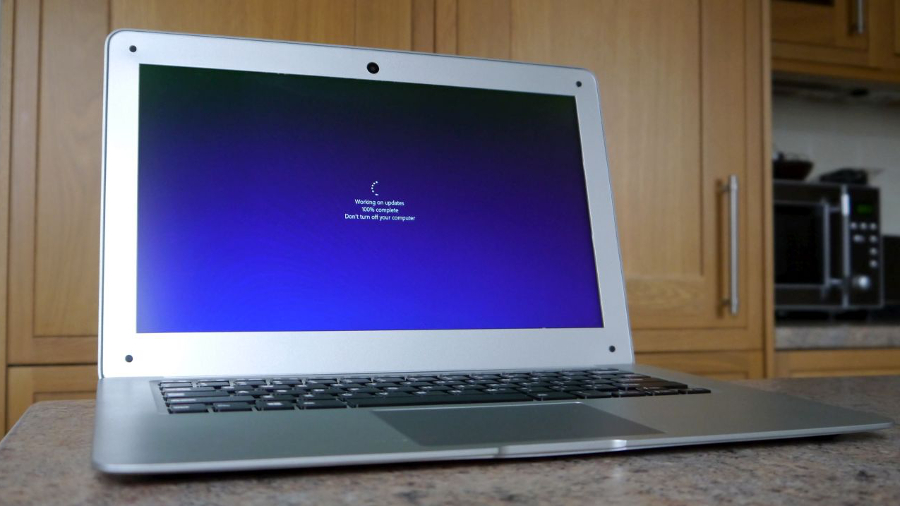Early Verdict
The Yepo 737S is testament to how far Chinese manufacturers have come. This is a great entry-level laptop if you can live with the constraints and the inherent risks associated with non-UK sourced products.
Pros
- +
Cheap price tag
- +
128GB storage
- +
Reasonably good battery life
Cons
- -
USB 2.0 ports
- -
Horrendous speakers
- -
VGA webcam
- -
Pre-registered Windows
Why you can trust TechRadar
White box laptop suppliers sell millions of devices every year and have a major role in supplying affordable notebooks to markets not covered by the usual tier-1 players.
Although they are not well known, the hardware these vendors dole out has flooded the entry-level end of the laptop market, with multiple products very often based around the same blueprint.
However, the past 12 months have been notable from an outsider’s perspective. There seems to be a concerted approach from these sort of firms to move one gear up, both in terms of storage and system memory, with 4GB/64GB combinations being far more prevalent.
Oh and the same goes for the designs which are now far more likely to stick to tried-and-trusted formulas even if it means, well, getting their inspiration from well-known big-brand notebooks.
The Yepo 737S is a very good example of this – as is the Jumper EZBook 2, which we toyed with late last year. Well, the Yepo adopts the same chassis with a couple of changes.
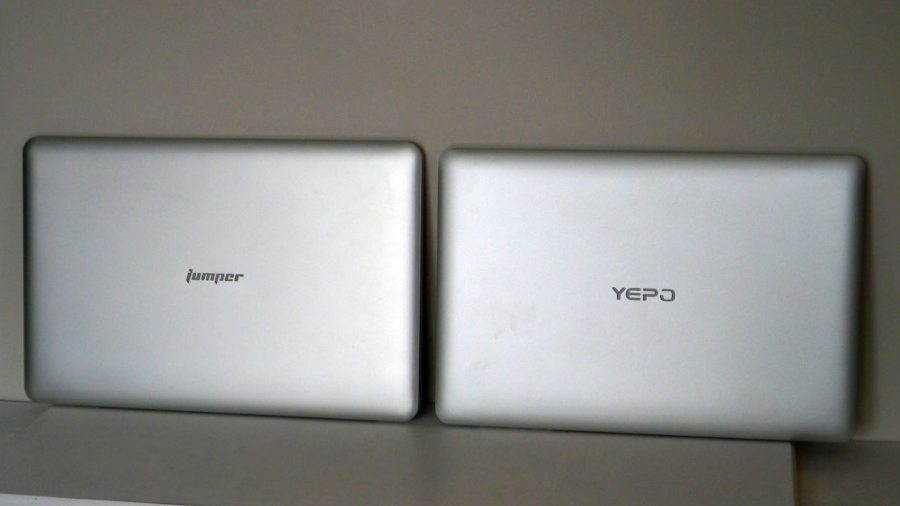
It is an even better copy of Apple’s ground-breaking MacBook Air compared to the EZBook 2 (pictured with the Yepo above and below) – more specifically the 13-inch MacBook model, as it has a 13.3-inch display rather than a 14-inch one.

You can buy the Yepo 737S for £171 (around $215, AU$285) at Gearbest. A cheaper version which has a slower processor, half the memory and half the storage is available for about £25 cheaper. It should go without saying that it’s not worth the saving.
(These costs are exclusive of any taxes that may be levied by HMRC or the courier companies on behalf of the outlet. Want to buy tech from online Chinese retailers? Read this first.)
As expected, Yepo’s laptop features all the striking design elements of the first real thin-and-slim laptop, the MacBook Air. Big, round, black rubber feet? Check. Massive touchpad and equally massive bezel? Check. Wedged profile and brushed aluminium finish? Check. Indent below the touchpad and single large hinge? Of course!
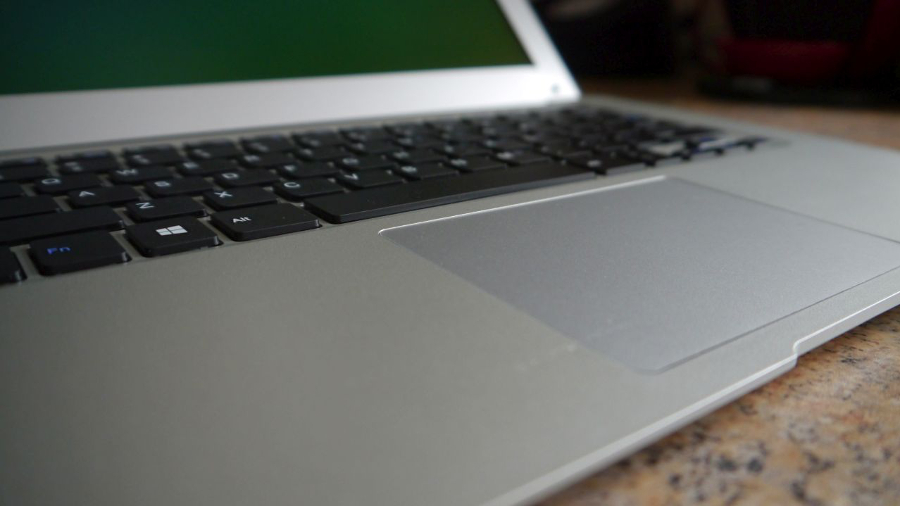
However, the 737S is built mostly out of plastic, making it warmer to the touch than its Cupertino-designed counterpart – and meaning that it looks cheaper, as well.
The screen opens further back than we expected (about 170 degrees) and there are worrying gaps between the plastic bezels and the display where dust and lint can easily get trapped.
Even if it is larger than an A4 sheet (335mm x 225mm), you can easily lift this notebook with one hand – it weighs in at 1.15kg. The keyboard has some flex but the keys have good travel with sharp feedback, and they’re of a decent size (15mm).
The power button is located at the top-right of the keyboard, which is not ideal. The touchpad doesn’t have any physical buttons but is large, sensitive and responsive, although it could be a bit quieter.
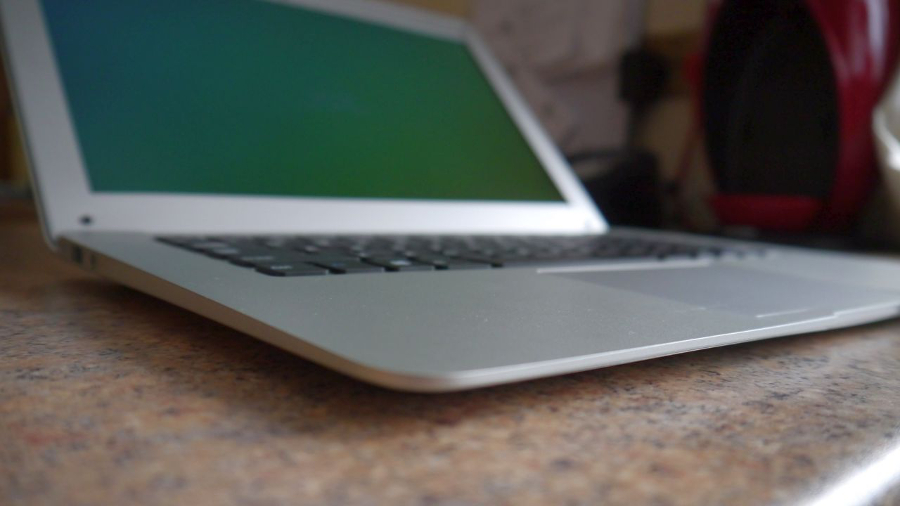
The 13.3-inch Full HD display is a TN matte model with all the pros and cons that this technology comes with. Narrow viewing angles and subdued colours might not be to everyone’s tastes, but this is one way in which the manufacturer has kept costs down.
Other than Bluetooth 4.0, a pair of speakers, a VGA webcam, two USB ports (USB 2.0 sadly), a mini-HDMI slot, headphone jack and a full-size SD card slot, there’s not much to shout about when it comes to the specification.
The enclosed battery is an 8Ah model and is powered by a small 5V/3A (15W) power supply unit. Windows 10 was already registered/pre-activated, which sadly is pretty much the norm with affordable white-box Chinese manufacturers.
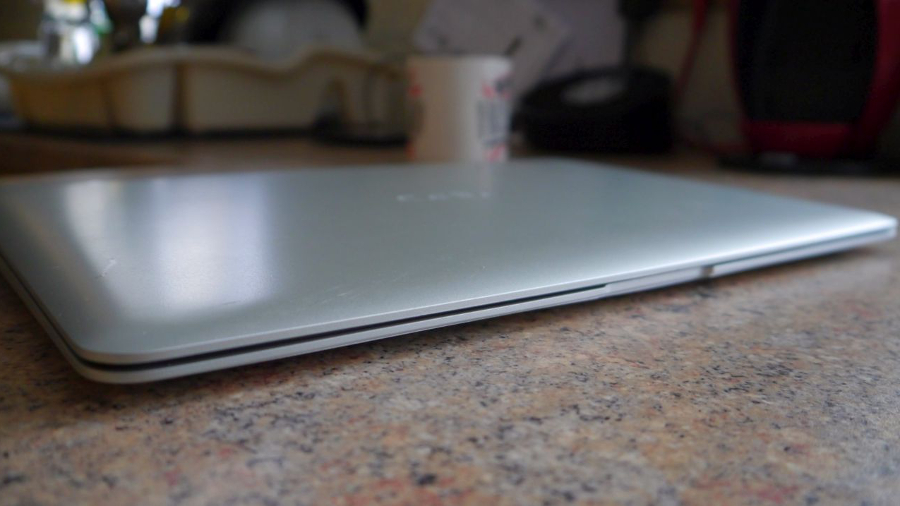
Prying open the laptop only requires the user to remove eight screws and the metal base. Unfortunately, there’s not much to see or tinker with.
Note that the laptop – which is totally quiet in operation – doesn’t have any air vents in the bottom, and heat dissipation only happens through slits located behind the hinge.
That is also where the sound from the speakers comes from, and that’s one of the weaker points of this device; tiny, hollow and devoid of any personality.
The 737S uses a known set of hardware components: An Intel Atom CPU, the ubiquitous x5-Z8300, 4GB DDR3 memory (clocked at 1066MHz) and 128GB eMMC storage in the form of the Samsung DJNB4R. This happens to be the same effort used in the Nexus 6P smartphone.
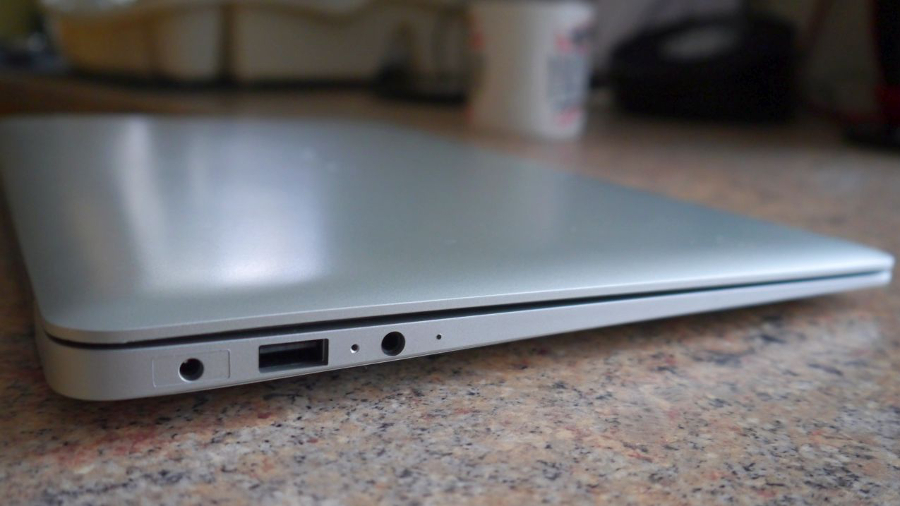
A quick spin on Fast.com delivered speeds of 26Mbps, not bad for an 802.11n device. Another machine, equipped with 802.11ac Wi-Fi and located next to it, reached 35Mbps.
Performance was generally on-par with what we’d expect from a Z8300-powered system across CPU-Z, Passmark, Geekbench and CrystalDiskMark benchmarks. We didn’t experience any serious lag from the system, although the usual caveats apply about your staple applications and use cases.
Battery life was one bright spot with the laptop clocking up 3 hours 20 minutes, going from 62% to 20% on our YouTube test (which consists of a count-up timer video with brightness set at 50%).
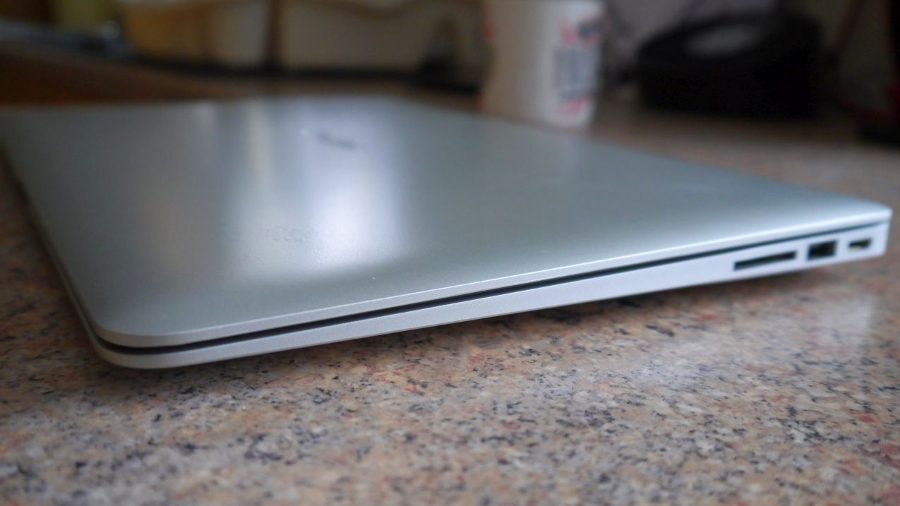
Early verdict
The 737S is, without doubt, a very nice piece of kit, and all we can say is that a lot of Chinese vendors can consider themselves lucky that Apple didn’t call in the lawyers over what seems to be rather obvious cases of copyright infringement.
In this price range, there’s no competition in the UK. Look at other Chinese retailers, though, and there are a few more potential rivals in the shape of the EZBook 2, the Onda oBook 11 and the DaySky N141, all three sporting half the amount of on-board storage.
Oh and by the way, the black version of this laptop is even more enticing if you can get your hands on it.

Désiré has been musing and writing about technology during a career spanning four decades. He dabbled in website builders and web hosting when DHTML and frames were in vogue and started narrating about the impact of technology on society just before the start of the Y2K hysteria at the turn of the last millennium.
What is a hands on review?
Hands on reviews' are a journalist's first impressions of a piece of kit based on spending some time with it. It may be just a few moments, or a few hours. The important thing is we have been able to play with it ourselves and can give you some sense of what it's like to use, even if it's only an embryonic view. For more information, see TechRadar's Reviews Guarantee.
